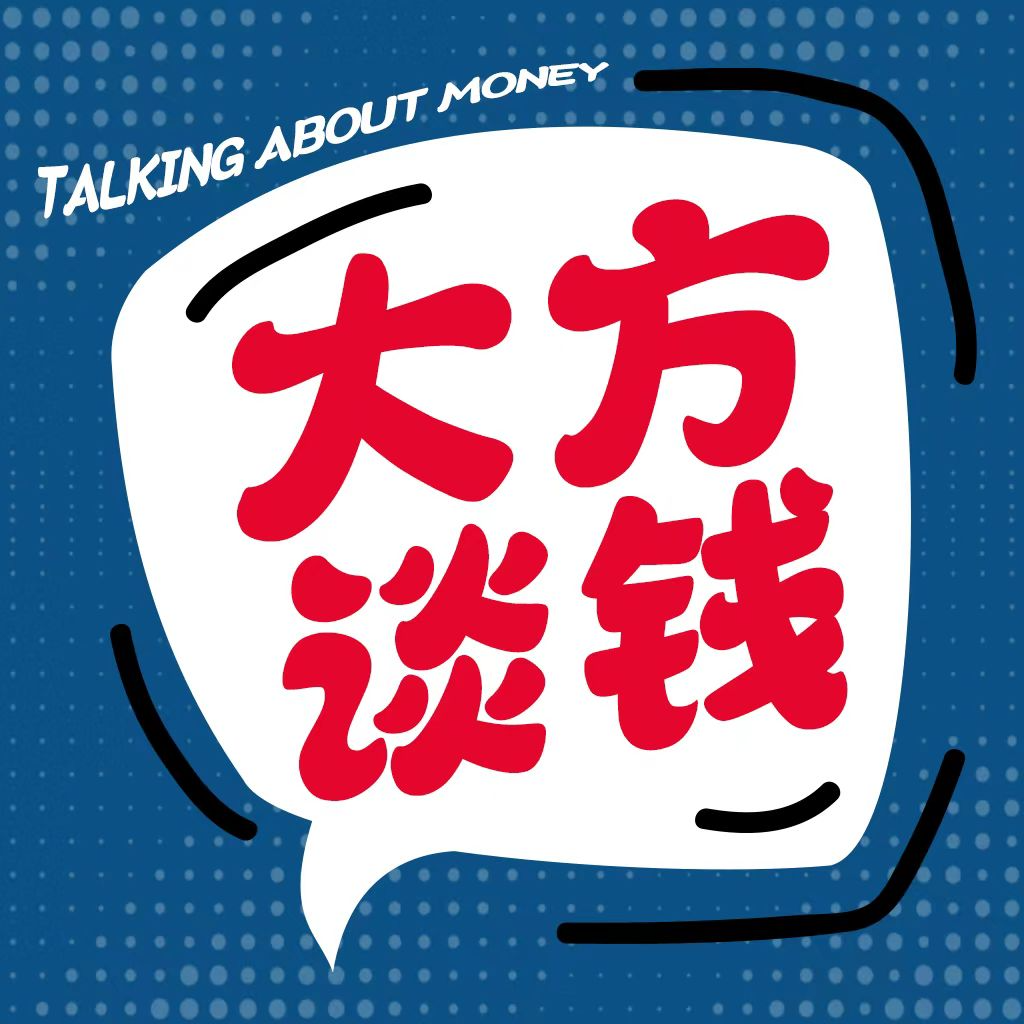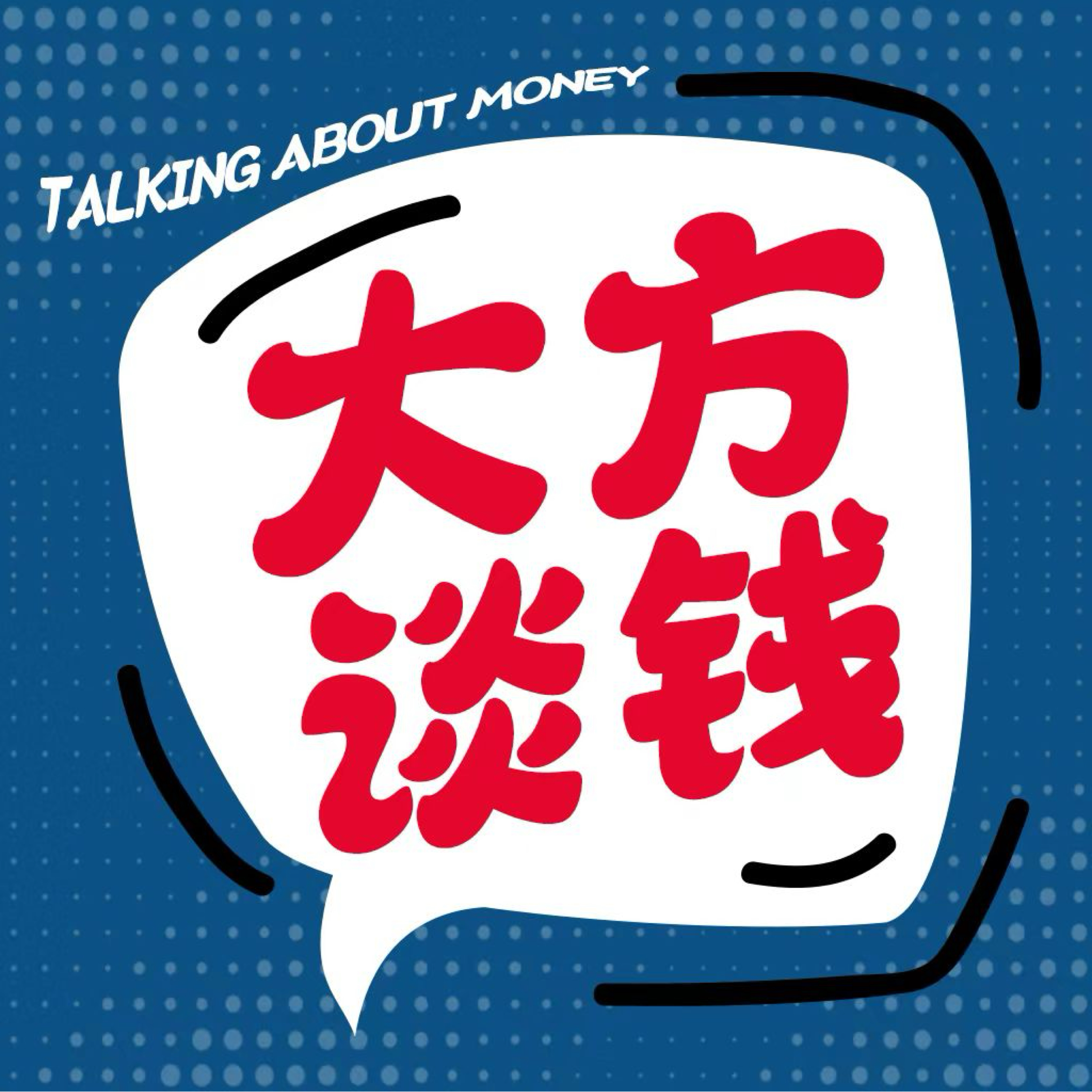
Deep Dive
Why has Stanley's thermos brand seen exponential growth in recent years?
Stanley's growth is driven by its transformation from a functional product to an emotional symbol. The brand introduced colorful, seasonal, and celebrity-collaboration designs, turning the thermos into a social and lifestyle accessory. It’s now seen as a status symbol, especially among women, with its products used in various social settings like music festivals, yoga, and hiking. The brand also created a secondary market for rare and limited-edition items, further boosting its appeal.
What role does emotional value play in the success of high-priced phone cases like K-Stay 5?
K-Stay 5 phone cases succeed by tapping into emotional value through customization, unique designs, and collaborations with popular themes like Barbie and local zoos. The brand offers a range of colors, accessories, and packaging, creating a sense of exclusivity and personalization. Despite high prices, consumers are willing to pay for the emotional satisfaction and social identity these products provide.
How has Jellycat become a popular brand among adults?
Jellycat appeals to adults by offering high-quality, comforting plush toys that serve as emotional companions. The brand’s unique designs, such as turning everyday objects like burgers and eggplants into plush toys, create a sense of novelty and fun. Jellycat also uses social media to engage consumers, and its products are often gifted, adding a social and emotional layer to their value.
What trends in emotional consumption are emerging in China?
In China, emotional consumption is shifting from material goods to experiences and services. Trends include the rise of pet-related products, outdoor activities like hiking and cycling, and cultural experiences such as concerts and travel. Brands that offer emotional value, like Stanley and Jellycat, are thriving, while services like personalized museum tours and AI companions are gaining popularity.
Why do consumers pay premium prices for products with emotional value?
Consumers pay premium prices for emotional value because these products offer more than functionality—they provide identity, comfort, and social connection. Brands like Stanley and Jellycat create emotional bonds through unique designs, storytelling, and lifestyle associations. The emotional satisfaction and social status these products confer justify their higher costs.
How does emotional consumption differ between men and women?
While women often gravitate toward products like Stanley cups and Jellycat toys, men also engage in emotional consumption, particularly in areas like outdoor gear and fishing equipment. Men’s purchases are often tied to hobbies and lifestyle aspirations, such as adventure and self-improvement, showing that emotional value transcends gender but manifests differently.
What is the significance of limited-edition and collaboration products in emotional consumption?
Limited-edition and collaboration products amplify emotional consumption by creating scarcity and exclusivity. These items, like Stanley’s seasonal cups or K-Stay 5’s themed phone cases, tap into consumers’ desire for uniqueness and social recognition. They often become collectibles, driving both primary and secondary market demand.
How does emotional consumption impact investment opportunities?
Emotional consumption opens new investment opportunities in sectors like pet care, outdoor gear, and experiential services. Brands that successfully integrate emotional value, such as Stanley and Jellycat, experience rapid growth and strong consumer loyalty. Investors are increasingly focusing on companies that cater to emotional needs, as these trends align with shifting consumer priorities.
What are some examples of emotional consumption in the service industry?
Examples include personalized museum tours led by history students, AI companions, and services like paid companionship for activities like hiking. These offerings provide emotional support, convenience, and unique experiences, catering to consumers’ desire for connection and personal growth.
How do brands like Stanley and Jellycat create long-term emotional bonds with consumers?
Brands like Stanley and Jellycat create long-term emotional bonds by consistently delivering high-quality products, fostering a sense of community, and offering personalized experiences. They use storytelling, social media engagement, and limited-edition releases to keep consumers emotionally invested, ensuring repeat purchases and brand loyalty.
- 情绪消费已成为一种普遍现象,尤其在年轻人中。
- 品牌通过反差感、季节限定、联名款等方式赋予产品情绪价值。
- 情绪价值已成为品牌增长的重要动力。
Shownotes Transcript
欢迎来到大方谈钱,这是一档由华夏基金出品的播客栏目。钱是桥梁,生活才是目的,我们关注每一个人生活中和钱相关的大事小事。
在本期《大方谈钱》中,我们深入探讨了情绪消费的隐秘力量——那些在无形中驱动我们打开钱包的情感按钮。从喜悦到孤独,从焦虑到满足,情绪如何塑造我们的消费行为?从 Stanley、Jellycat 到Labubu,情绪价值如何拉爆这些品牌?我们邀请了华夏基金消费研究员林瑶,与我们一起揭示情绪价值在消费决策中的核心作用,探讨未来可能引领市场的前瞻性行业。
本期节目,我们将一起:分析情绪如何成为消费行为的催化剂,探索情绪价值如何转化为品牌增长的动力,揭示如何通过情绪消费找到投资的新机会。现在,就让我们一起开启这场关于情绪和消费的智慧之旅吧!
如果你也曾经为情绪价值付过费,欢迎你在评论区分享你的故事和想法。
Timeline
Part 01 生活中的情绪消费:小投入,大满足
01:02 旅行故事:从“差旅灾难”到千岛湖的舒适疗愈之旅
02:53 品牌案例 01:Stanley 史丹利杯,如何从军队保温壶变成北美女生的“社交必需品”?
07:53 情绪消费公式:反差感、季节限定、联名款,如何让商品变成情绪符号?
09:48 品牌案例 02:手机壳为什么能卖到千元?从环保理念到“小红书情绪营销”
14:12 男性也为情绪买单:冲锋衣、钓鱼装备背后的消费情绪是什么?
Part 02 情绪消费的宏观趋势:从物质到精神
17:54 日本的启示:经济发展后的情绪消费,如何从物质转向精神?
21:46 抚慰心灵的“小确幸”:Jellycat 毛绒玩具为什么能成为“成年人玩具”?
**25:21 **拟人化:赋予人格属性后,情绪价值更难割舍
27:57 奇葩消费:爱因斯坦脑与AI男朋友,虚拟商品的情绪价值探索
33:25 生活方式溢价:户外运动、骑行、宠物消费的爆发式增长背后
Part 03 消费如何延伸情绪与价值
37:26 “用小钱撬动大情绪”:从海底捞服务到逛东北大集的各种细节,什么能治愈你?
42:27 质量差纯贩卖情绪能火一时,但很难长久
43:36 从找人爬泰山到爱因斯坦脑,一次性的情绪消费服务
46:31 情绪价值带来的商机:陪逛博物馆的大学生、更懂亲子摄影的宝妈
51:44 消费即投资:潮玩与二手市场的情绪溢价,如何从花钱到攒钱?
53:13 年轻人的消费共识:香氛、潮玩、旅行,哪些行业更有潜力?
53:57 情绪消费的真相:无论是满足自己,还是为他人着想,最终都是在寻找美好生活的途径
本期制作
**嘉宾:**林瑶
**主播:**章衡 惟惟惟
**制作:**长波工作室
免责声明
温馨提示:播客大方谈钱由华夏基金出品,所有投资相关内容皆以交流分享为目的,仅供参考,不构成任何市场预测、判断,或投资、咨询建议。本节目不作为个股推荐,不作为任何法律文件,内容中的所有信息或所表达意见不构成投资、法律、会计或税务的最终操作建议,华夏基金不就资料中的内容对最终操作建议做出任何担保。在任何情况下,本公司不对任何人因使用本资料中的任何内容所引致的任何损失负任何责任。我国基金运作时间较短,不能反映股市发展的所有阶段。市场有风险,入市需谨慎。
